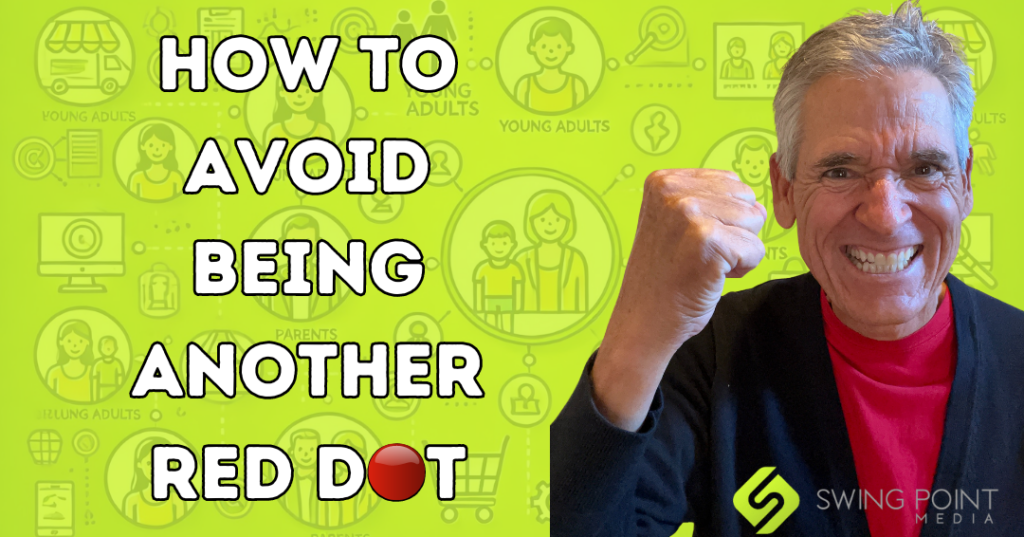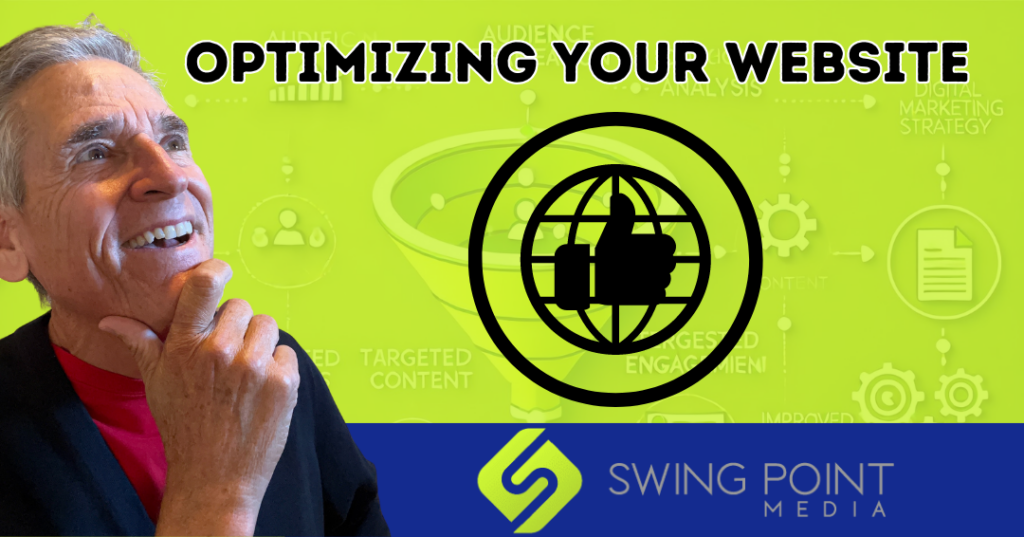Understanding Your Audience
Imagine you are a parent with three children: a 5-year-old girl, an 11-year-old boy, and a 14-year-old girl. Would you dress them all alike, feed them the same snacks, or expect them to enjoy the same movies? The answer is obviously no. Each child has different preferences, needs, and interests. Treating them the same way would result in constant conflict.
In the digital marketing world, the same principle applies. If you target a diverse audience with generic marketing messages, your efforts will likely fall flat. Instead, defining and segmenting your audience into specific cohorts can significantly enhance your marketing effectiveness.
How Did This Become the Norm?
In the past, companies advertising in newspapers, on TV, or radio had to create generic messages to appeal to a broad audience. For example, a local automobile company selling Toyotas might run a commercial during the six o’clock news, aiming to reach as many people as possible without alienating anyone. While this approach is still used in offline marketing, it falls short in the digital world where we can create highly specific content for our ideal customers.
How to Avoid Being Another Red Dot

Let’s return to the analogy of the three children. Imagine shopping for clothing for a 3-year-old. What would be important? How would you write the copy? What type of images and colors would you use? What challenges do parents of 3-year-olds face, and how can you connect with them through your marketing? The answers would differ for an 11-year-old and a 14-year-old.
The digital age allows us to create content tailored to specific cohorts. Instead of defining your audience broadly as children aged 3-15 or parents with children in that age range, you can break it down further. For instance, you could target toddlers aged 3 and under, and even segment further into toddler boys and girls. This way, you can create more connected and relevant content for each group.
The Power of Cohort Marketing
Consider a local plastic surgeon offering services like breast augmentation, Brazilian Butt Lifts, rhinoplasty, tummy tucks, and fillers like Botox. Can this surgeon connect with their ideal audience—now called cohorts—using generic language, images, and tone? No. Let’s take breast augmentation as an example.
What Should the Plastic Surgeon Do?
Each service could target different cohorts, such as women aged 21-25, 26-30, 31-35, and so on. Within each cohort, the surgeon can speak the specific language of that demographic and address their unique challenges. By doing this, the surgeon’s message will resonate more with each group, making potential patients feel understood and more likely to choose that surgeon for their procedure.
Is It Complicated?
Defining cohorts versus lumping audiences together might seem overwhelming, but it actually simplifies things. It allows you to clearly define who you serve and articulate the specific problems your product or service solves for each cohort.
An Example from the Automotive Industry
Let’s say you sell sedans. A young couple expecting a baby in three months wants a new car for safety and space, while another couple with a 19-year-old daughter needs a car for reliability and economy as she heads to college. Even though you offer the same sedan, you wouldn’t sell it the same way to both customers. Each salesperson customizes the presentation to address the specific needs of each customer.
Optimizing Your Website

Should you segment your website by cohort? Absolutely. If you create content targeting a specific cohort and your call to action directs them to your website, make landing pages that fit that cohort. For example, if you’re targeting 30-35-year-old women and they visit your site only to see images and videos of women aged 50+, it would create an immediate disconnect.
Businesses can have some overlaps between cohorts, but each cohort should have its own visuals, language, and distinct challenges that your business solves.
Don’t be a Red Dot
Don’t let your business become just another red dot in a sea of sameness. Define your cohorts and create targeted, relevant content that speaks directly to their needs and challenges. Stand out from the crowd and connect with your ideal audience in a meaningful way. Contact SwingPointMedia to learn more about effective digital marketing strategies tailored to your specific audience.
Frequently Asked Questions about Cohort Marketing
What is a cohort in marketing? A cohort is a specific subgroup of your overall audience defined by shared characteristics such as age, gender, interests, or behaviors. By segmenting your audience into cohorts, you can create more targeted and relevant marketing content. Learn more about audience segmentation.
Why is defining cohorts important? Defining cohorts allows you to create more personalized and effective marketing messages that resonate with specific segments of your audience. This can lead to higher engagement, better customer relationships, and increased conversions.
How do I identify the right cohorts for my business? Start by analyzing your current customer base to identify common characteristics. Use tools like surveys, customer feedback, and analytics to gather data. Segment your audience based on this data and create targeted content for each cohort.
Can I have multiple cohorts for one product or service? Yes, it’s common to have multiple cohorts for a single product or service. Each cohort may have different reasons for purchasing and different needs, so tailoring your marketing messages to each group can be highly effective. Learn more about marketing to different cohorts.
How can I implement cohort-based marketing on my website? Create landing pages tailored to each cohort. Ensure that the visuals, language, and content on these pages resonate with the specific audience segment you’re targeting. This helps create a seamless and relevant experience for your visitors. For best practices, read Moz’s guide to audience segmentation.

